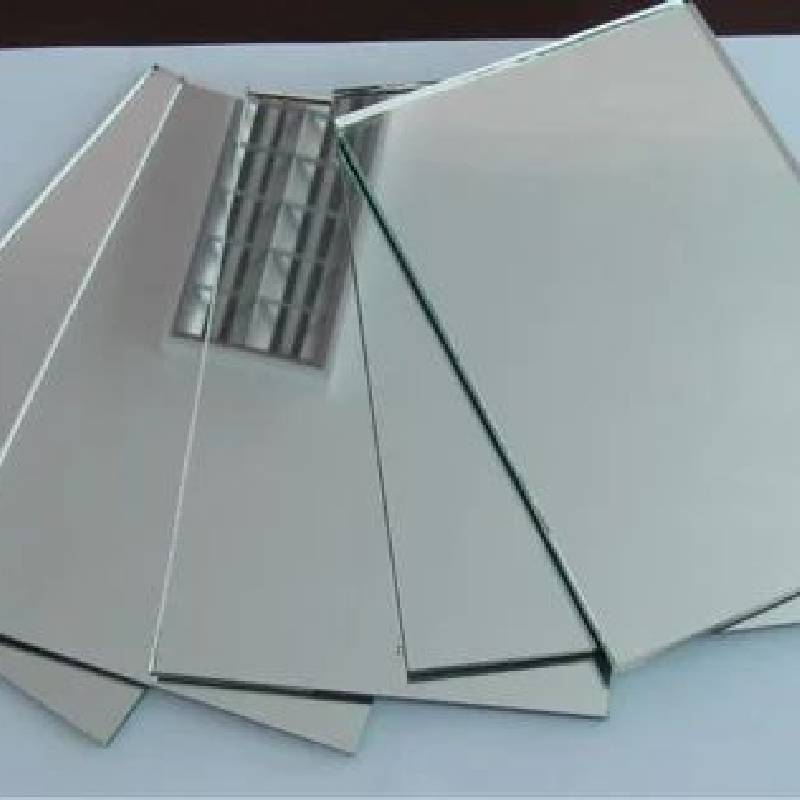

The Importance of Low-E Glass Installation A Comprehensive Guide
In an era of increasing energy efficiency awareness, Low-E (low emissivity) glass has emerged as a revolutionary material in window technology. Designed to minimize the amount of infrared and ultraviolet light that can pass through glass without compromising the amount of visible light that enters, Low-E glass plays a pivotal role in enhancing the energy performance of buildings. This article explores the benefits of Low-E glass, its installation process, and considerations for homeowners and builders alike.
Understanding Low-E Glass
Low-E glass is coated with a thin, virtually invisible layer of metallic oxide that reflects heat. There are primarily two types of Low-E coatings passive and reflective. Passive Low-E coatings are designed to maximize solar gain, making them ideal for colder climates. In contrast, reflective Low-E coatings are better suited for warmer climates as they reduce solar heat gain, thereby minimizing cooling costs. By selecting the appropriate type of Low-E glass, homeowners can significantly improve their home’s energy efficiency, reduce utility bills, and enhance overall comfort.
Benefits of Low-E Glass
1. Energy Efficiency One of the most significant advantages of Low-E glass is its ability to reduce energy consumption. By reflecting heat in the summer and retaining it in the winter, Low-E windows can help maintain a stable indoor temperature, reducing the reliance on heating and cooling systems.
2. UV Protection Low-E glass filters out harmful ultraviolet rays, protecting interiors from damage such as fading of furniture, carpets, and artwork. This prolongs the life of your belongings, maintaining the aesthetic appeal of your home.
3. Condensation Reduction The insulating properties of Low-E glass can reduce condensation on windows, which is particularly beneficial in colder climates. Less condensation not only improves visibility but also minimizes the risk of mold growth.
4. Increased Comfort Low-E glass also helps to create comfortable living spaces by reducing hot spots near windows and maintaining a more consistent indoor temperature.
The Installation Process
Installing Low-E glass requires careful attention to detail and precision. Here are the main steps involved in the installation process

1. Assessment Before installation, assess existing windows to determine their condition and compatibility with Low-E glass. Consult with a professional to evaluate whether replacement or retrofitting is necessary.
2. Selection Choose the appropriate Low-E glass type based on climate and specific needs. Consider factors such as orientation, shading, and aesthetics.
3. Preparation If replacing existing windows, remove the old windows carefully, taking care not to damage the surrounding walls or structure. Ensure the opening is clean and free from debris.
4. Installation Place the new Low-E glass in the window frame and ensure it is properly sealed. It’s crucial to follow manufacturer instructions and local building codes during this process. Proper sealing prevents air infiltration and enhances insulation.
5. Finishing Touches After the installation is complete, inspect the window for any gaps or leaks. Apply appropriate caulking and weather stripping to enhance energy efficiency.
Considerations for Homeowners
1. Cost vs. Savings While the initial investment in Low-E glass windows may be higher than traditional options, the long-term savings on energy bills and the increased comfort can more than compensate for the initial cost.
2. Local Climate Consider your local climate when choosing the type of Low-E glass. Consult with local professionals to determine the best options for your specific environment.
3. Regulations and Incentives Check for any local regulations or government incentives that may apply to energy-efficient windows. Many regions offer tax credits or rebates for homeowners who invest in energy-efficient upgrades.
Conclusion
Low-E glass is an excellent choice for enhancing the energy efficiency of homes and buildings. Its ability to improve thermal performance, filter UV rays, and reduce condensation makes it a smart investment for homeowners looking to decrease energy costs and increase comfort. By understanding the installation process and considering the various options available, you can make informed decisions that benefit both your wallet and the environment. Ultimately, investing in Low-E glass is a step toward a more sustainable future and a more comfortable living space.